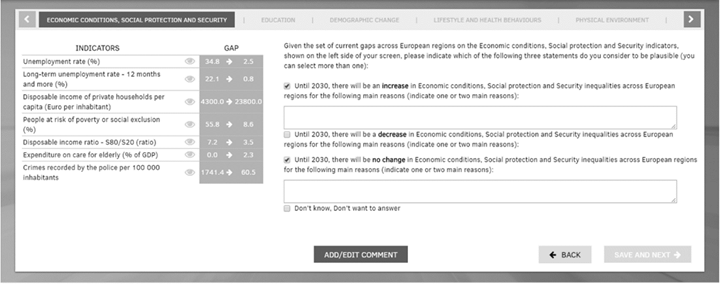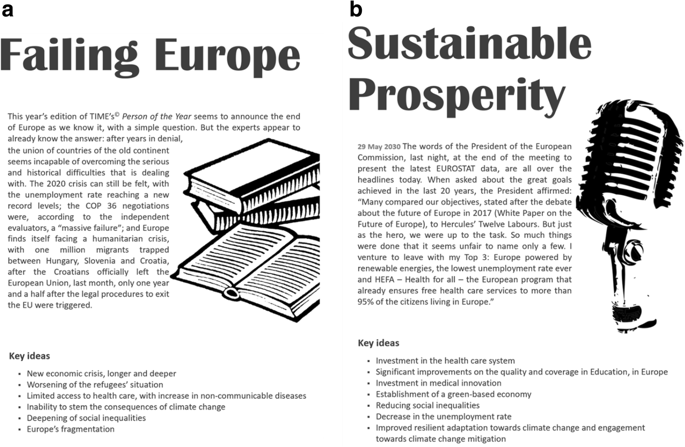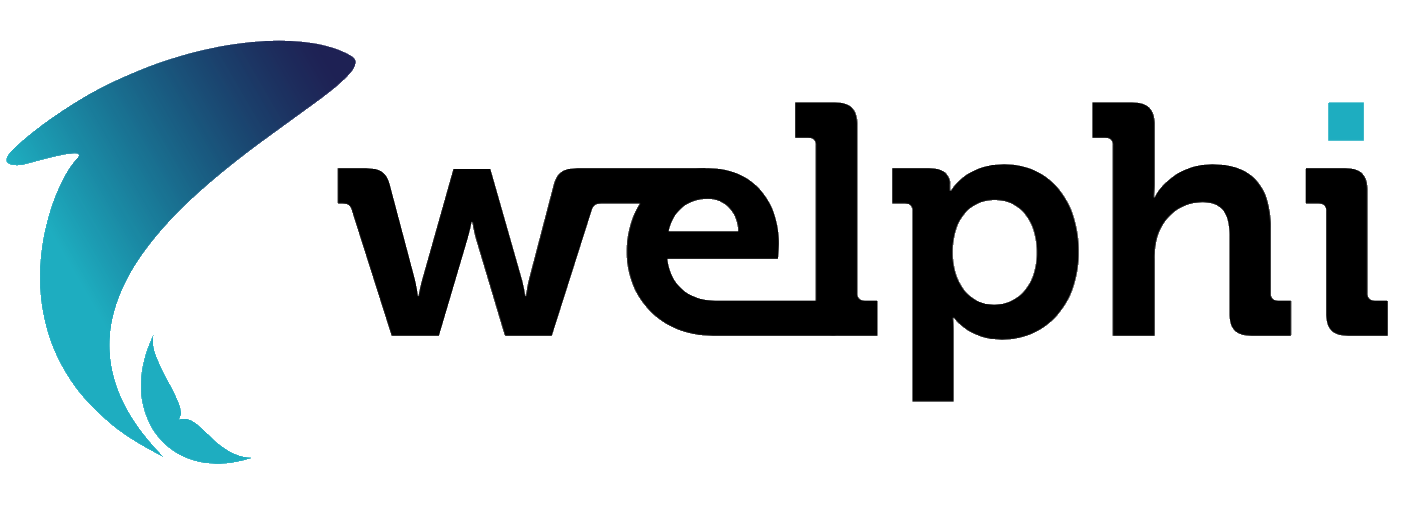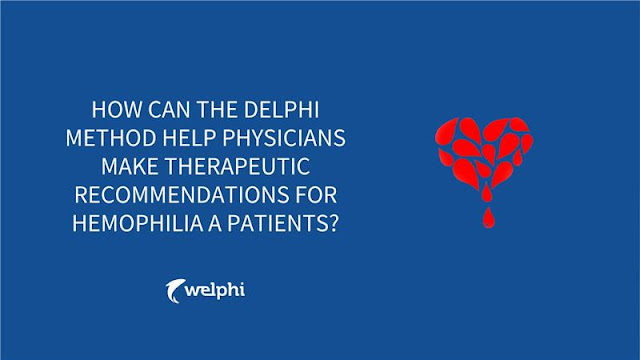Method

Source: Alvarenga et al (2019)

Source: Alvarenga et al (2019)
Conclusion
The experts reached a consensus regarding the use of factor VIII (FVIII) replacement therapy in combination with emicizumab, an antibody prophylaxis in the treatment of high-risk hemophilia patients.
This includes the appropriate use of FVIII in combination with emicizumab during and immediately post-surgery for patients with elective surgery and episodic FVIII followed by emicizumab for newborns with post-circumcision bleeding.
Most of the panelists preferred FVIII over emicizumab due to established evidence on safety and efficacy.
These recommendations complement existing treatment guidelines and support physicians in the management of hemophilia A patients without inhibitors.
For further detail, you can access the study publication here. To learn more about our Welphi Platform, visit our website or send us a message!By using the Welphi platform, this scenario-building process allowed to include the views and perspectives of a diverse and geographically dispersed group of experts, stakeholders and policy-makers. This not only contributes for their validity but particularly meets the challenge of enhancing participation in scenario building.





